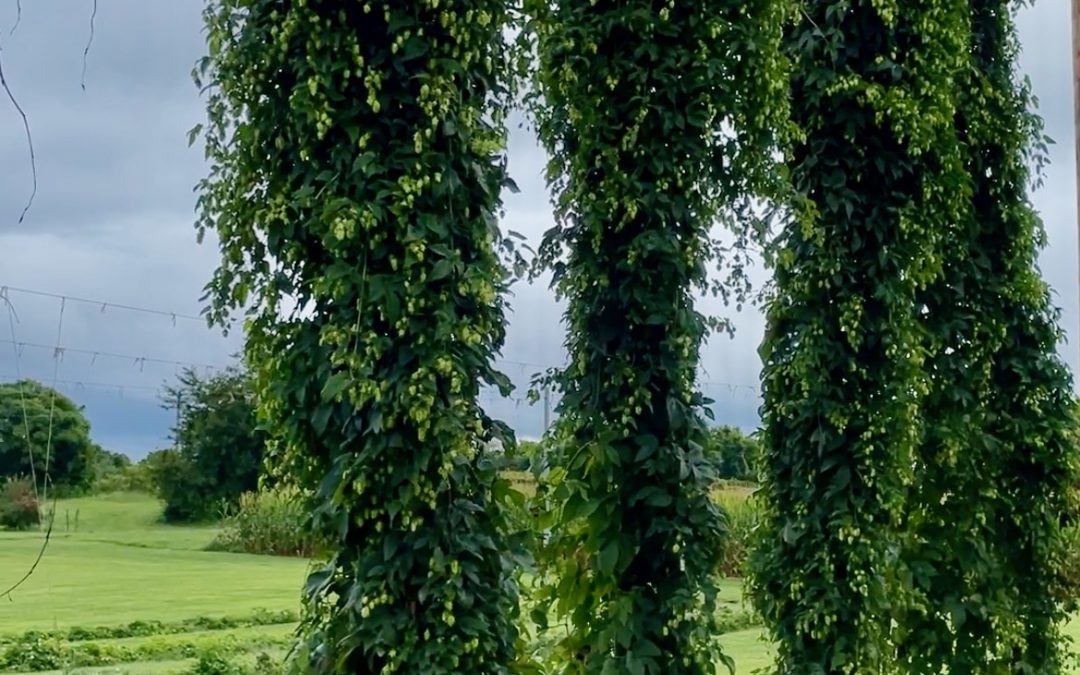October is a transition month as we welcome Autumn. Cooler temperatures slow the grass growth down and provide relief to the animals – you are much more apt to see sheep out grazing during the day and lambs jumping around.
All of our sheep have just been shorn so there are lots of fleeces to be had for any hand spinners. We will also be taking these and other wool products to the Frederick County Fiber Fest October 22 so look for us there!
It is also the start of breeding season for many things – including the deer (be extra careful driving) and our sheep. The rams that have spent most of the summer laying around and not doing much of anything are now getting ‘rambunctious,’ facing off, and knocking heads with each other. Our big colored ram is moving on to a new home at The Clark Family Farm. You may have seen pictures of Caroline and Preston and all their achievements at the Great Frederick Fair. Caroline was the recipient several years ago of one of our donated ewes through the Youth Conservation Program. We are excited to see what they will do with Limerick’s offspring. We will move the ewes to be bred into the pasture near the rams about the middle of the month. This helps to get them all cycling together and prepped for breeding. At the same time the ewe lambs will be moved out back. While many shepherds will breed their ewe lambs we do not. Leicester Longwool sheep (our breed) tend to mature a bit later than some other breeds and we prefer to wait until they are a year old to breed. We generally put the ram in with the ewes on Halloween which gives us lambs around early April.
An exciting new project this fall has been the harvesting of the unique Monocacy hop in conjunction with the Univ. of MD research center in Keedysville. These ‘monstor hops’ were a bit overwhelming for our hop picking machines so some are going to Vanish Brewery where they have a bigger German-made hop picker. Watch for FB updates on this project. Look for the upcoming beer release using this hop.
The other main October task is getting the final cuttings of hay in. This becomes extra challenging this time of year. Shorter days and heavy morning dews make it harder to get the hay to dry.

